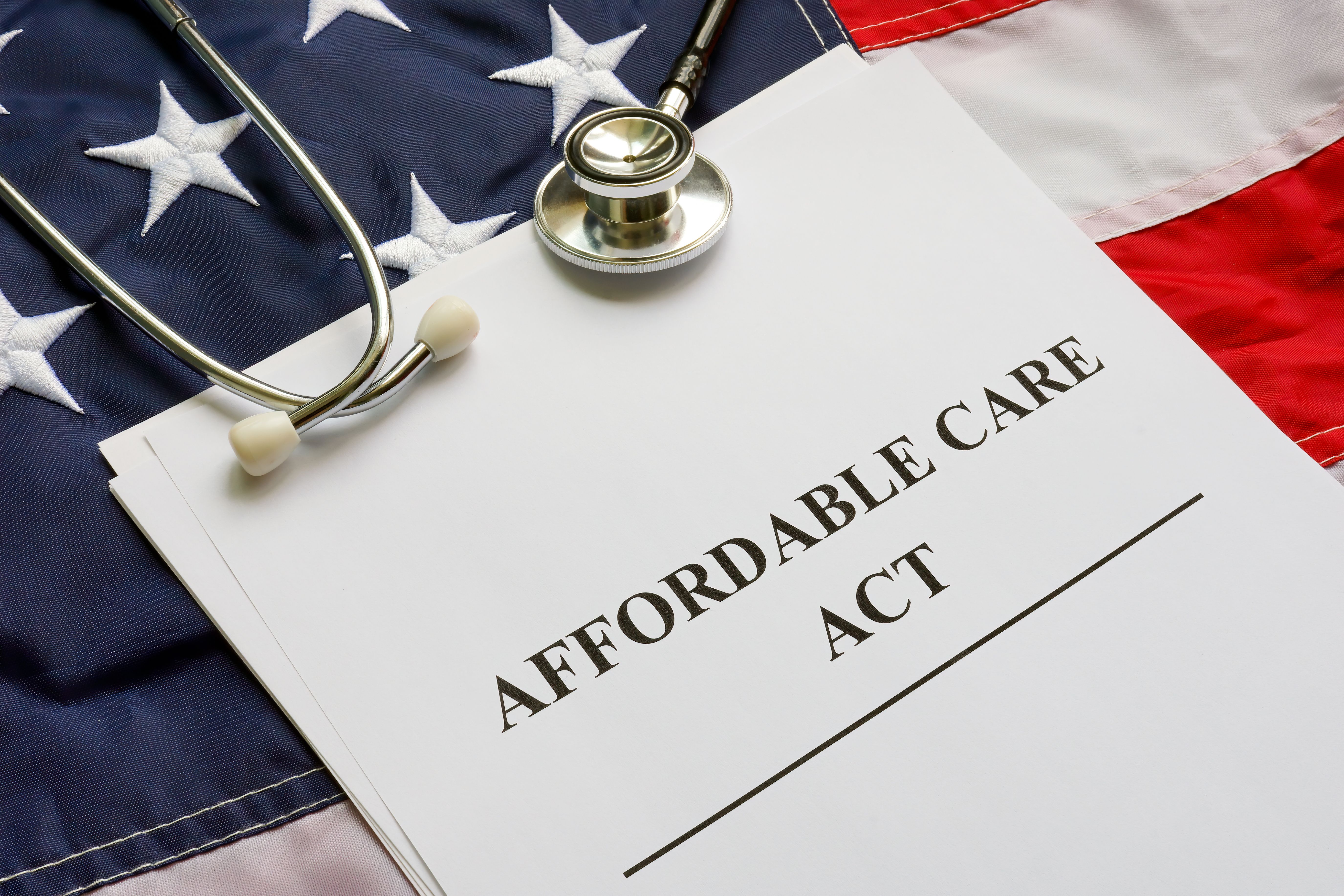Article
CMS Approves Extension of Maryland All-Payer Model
Author(s):
CMS has approved a 5-year extension of Maryland’s all-payer model, expanding the approach across the health system starting January 1, 2019.
CMS has approved a 5-year extension of Maryland’s all-payer model, the country’s only running all-payer system.
In 2014, Maryland and CMS teamed up to reduce hospital costs and improve quality of care through a 5-year all-payer model agreement. The model employs a payment system that holds hospitals responsible for total cost of care on a per-capita basis. Under the agreement, the overall rates each hospital charges for services are regulated by the state. Since its initiation, the model had reduced unnecessary remissions and hospital-acquired conditions while cutting costs.
In its new contract, the Maryland Model will expand the approach across the health system starting January 1, 2019. According to a statement from Governor Larry Hogan, R-Maryland, the model is expected to yield an additional $300 million in savings per year by 2023 and a total of $1 billion over 5 years.
“The new Maryland Model will expand healthcare access and affordability—and ultimately improve quality of life—for Marylanders, especially those with chronic and complex medical conditions,” said Hogan in the statement. According to Hogan, the model will:
- Coordinate care across both hospital and non-hospital settings, including mental health and long-term care
- Invest resources in care that is focused on the patient and enhance primary care teams to improve individual patient outcomes
- Set a range of quality and care improvement goals and provide incentives for providers to meet them
- Concentrate system and community resources on population health goals to help address opioid use
- Encourage and facilitate programs focusing on the unique needs of Marylanders across geographic settings and other key demographics
According to a report from Maryland Department of Health on year 3, the model has saved Medicare more than $586 million through 2016, which is 5.5% below the national average growth rate. Requirements under the current agreement include: all-payer per capita total hospital revenue growth must be limited to 3.58% each year, total Medicare spending per beneficiary growth must fall below national growth rates, the aggregate Medicare 30-day all-cause readmission rate must be reduced to at or below the national average, and hospital payment must be transitioned away from volume-based payments.
Based on the 2016 data, the state had met or was on track to meet all model requirements.
“Over the past 5 years, Maryland’s hospitals have laid the foundation for linking quality healthcare with cost containment,” said Bob Atlas, president and CEO, Maryland Hospital Association, in a statement. “During this time, the model has saved Medicare and patients hundreds of millions of dollars and has enabled hospitals to invest in innovative, proactive initiatives.”




